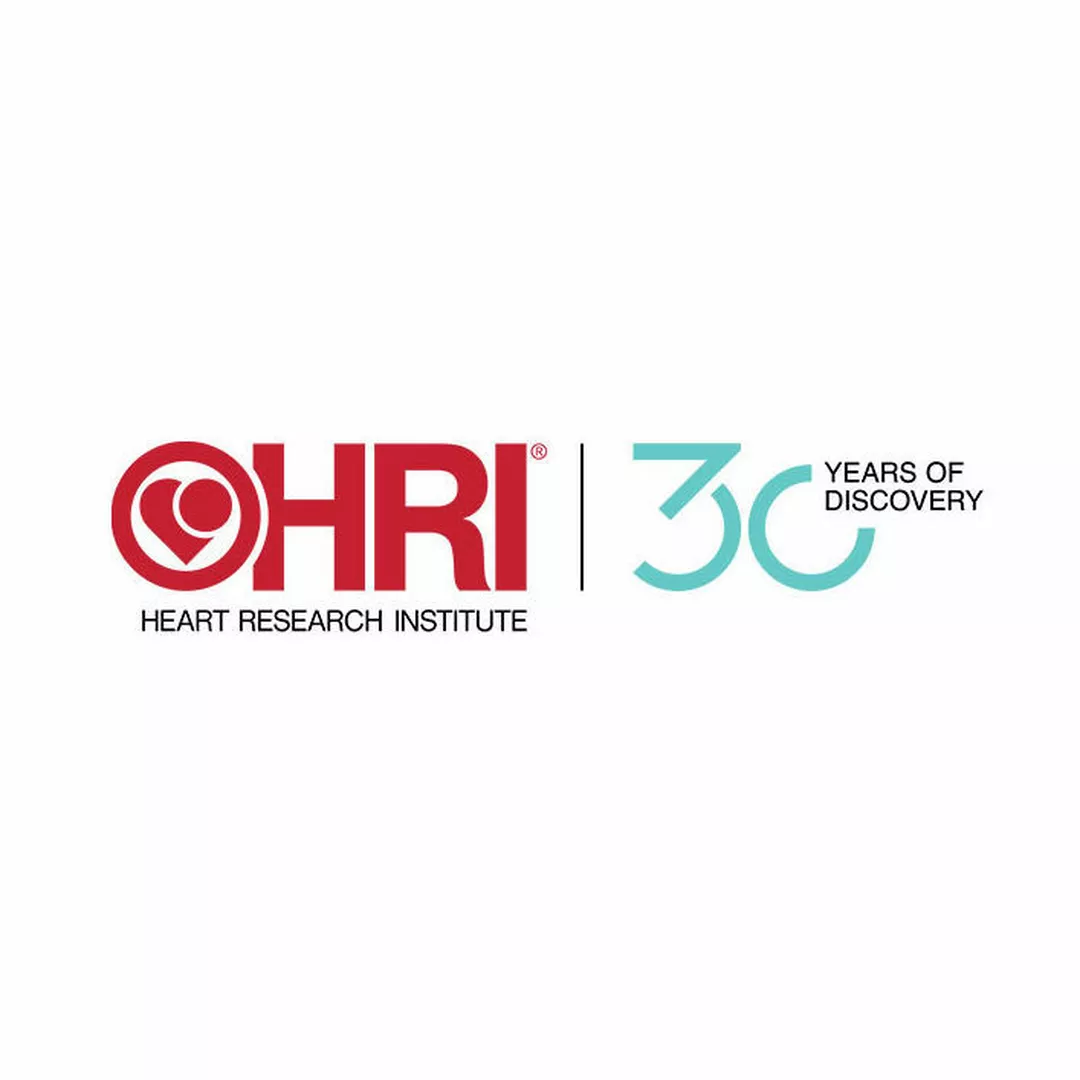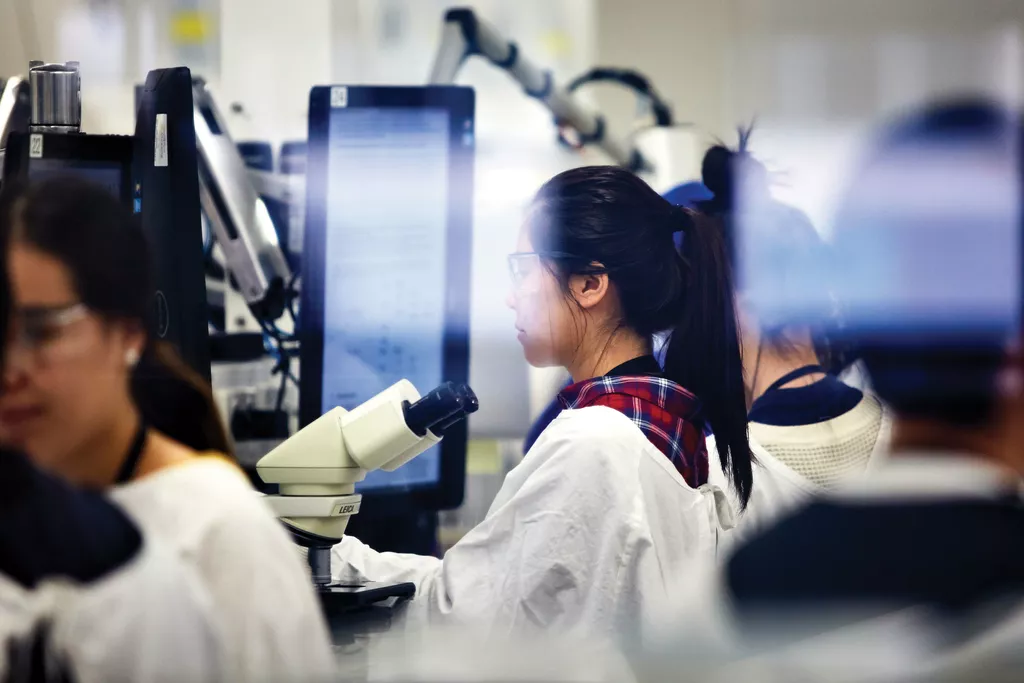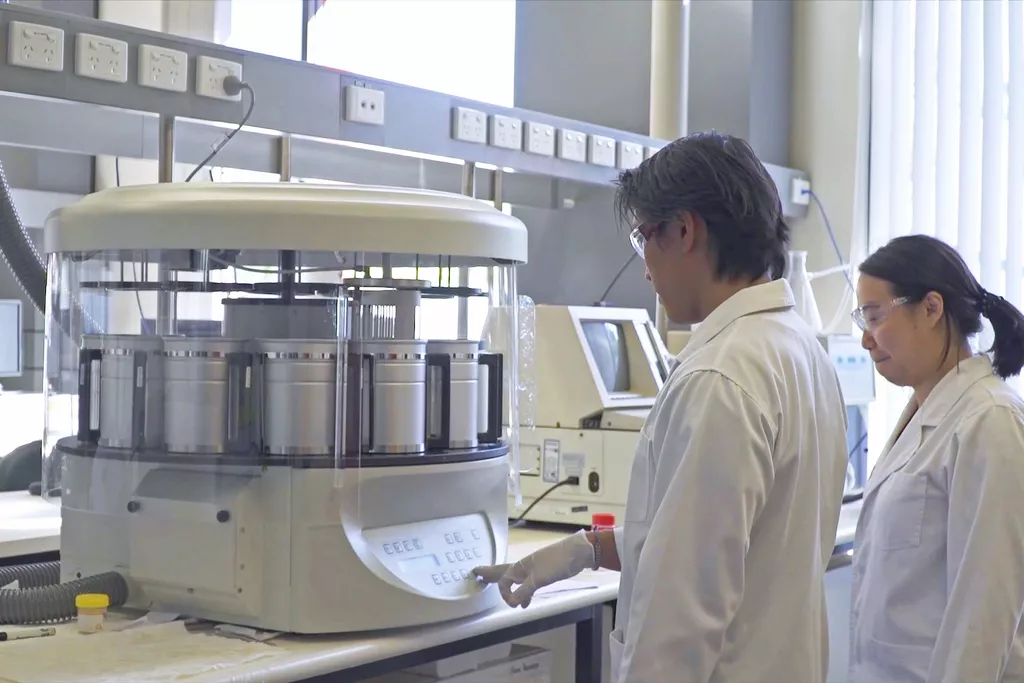Some of our breakthroughs
2017 Discovered a molecule that can predict who is most at risk of developing diabetes, 12 years in advance
2013 Uncovered the link between diabetes and CVD, a world-first and a discovery with the potential to save lives
2005 Demonstrated that low-birth weight babies have thicker aortic walls, possibly predisposing them to greater risk of CVD later in life
2003 Investigated the role high-density lipoproteins ‘HDL’ (good cholesterol) plays in the protection against atherosclerosis
1999 Explored whether natural antioxidants such as vitamins E and C can actually prevent atherosclerosis, helping to elucidate the role of these vitamins
1998 Discovered that both protein and fat oxidation can have a major effect on heart disease and enter previously uncharted territory as we try to understand how protein oxidation can actually be prevented
1995 Proved the link between passive smoking and heart disease, research that became pivotal in the global move to ban smoking in public places



